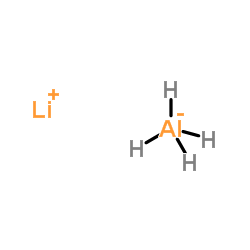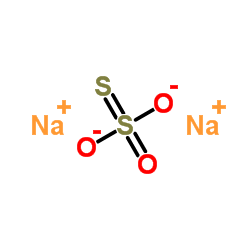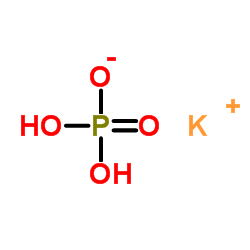| Structure | Name/CAS No. | Articles |
|---|---|---|
 |
Ammonium acetate
CAS:631-61-8 |
|
 |
Acetonitrile
CAS:75-05-8 |
|
 |
Hydrochloric acid
CAS:7647-01-0 |
|
 |
Methanol
CAS:67-56-1 |
|
 |
Lithium Aluminium Hydride
CAS:16853-85-3 |
|
 |
Sodium thiosulfate
CAS:7772-98-7 |
|
 |
Formic Acid
CAS:64-18-6 |
|
 |
ethyl acetate
CAS:141-78-6 |
|
 |
Monopotassium phosphate
CAS:7778-77-0 |
|
 |
α-D-Glucopyranuronic acid
CAS:6556-12-3 |